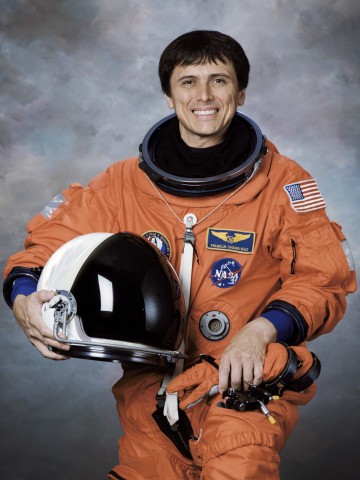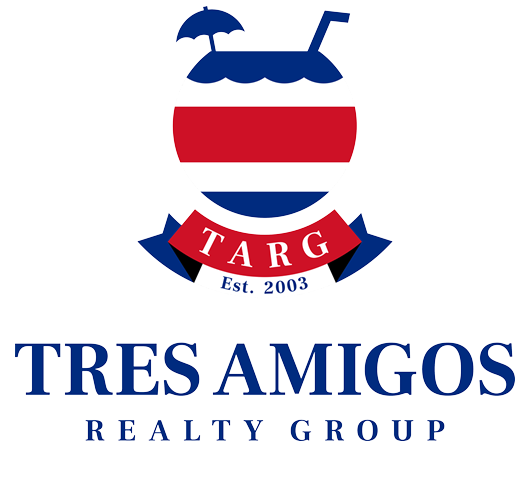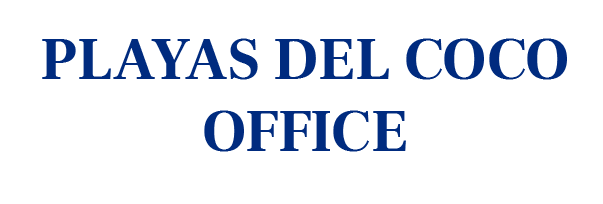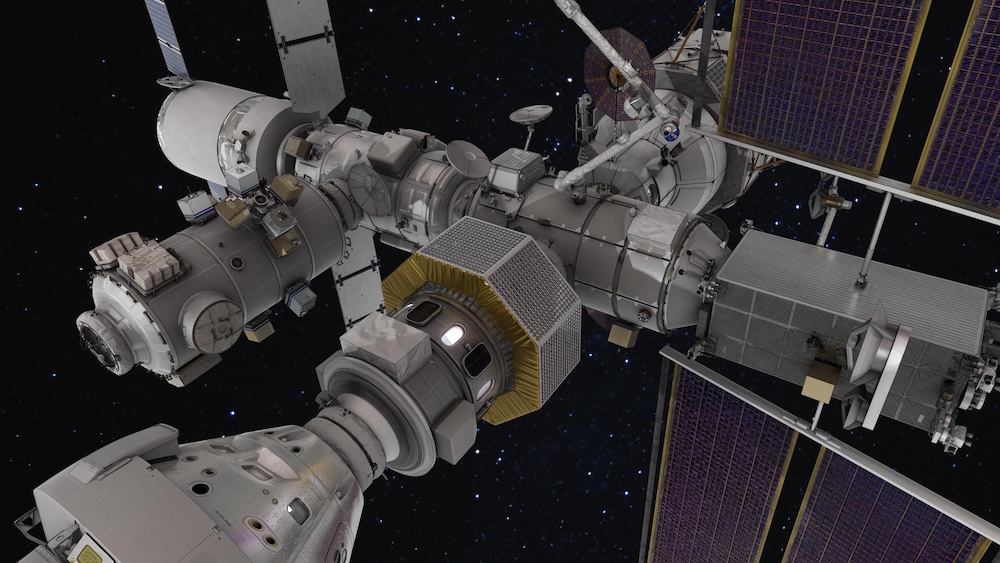Franklin Chang Diaz - A Costa Rican Role Model

Franklin Chang-Díaz: Costa Rican Visionary and Space Pioneer
Franklin Ramón Chang-Díaz, Sc.D., is a Costa Rican–American mechanical engineer, physicist, entrepreneur, and former NASA astronaut. A U.S. citizen since 1977, he is a veteran of seven Space Shuttle missions and is tied with Jerry L. Ross for the most spaceflights by any astronaut as of 2014. He was the third Latin American to travel to space and is a member of the NASA Astronaut Hall of Fame.
Early Life and Heritage
Born on April 5, 1950, in San José, Costa Rica, Franklin Ramón Chang-Díaz grew up in a modest home inspired by his father’s hard work and his mother’s optimism. His father, Ramón Ángel Chang Morales, was of Chinese descent and fled China during the Boxer Rebellion before eventually settling in Costa Rica, where he worked in the oil industry. His mother, María Eugenia Díaz Romero, was Costa Rican. Together, they encouraged their son’s education and sense of curiosity.
From a young age, Franklin was captivated by science and space. He spent countless hours reading about rockets and astronauts, dreaming of one day traveling among the stars. Despite coming from a small Central American country with no space program, he refused to let geography limit his aspirations.
Education and Journey to the United States
Chang-Díaz graduated from Colegio De La Salle in San José in 1967. Later that year, at just 18, he moved to the United States to pursue higher education — speaking little English and carrying only $50. He completed his senior year at Hartford Public High School in Connecticut, graduating in 1969.
Determined to achieve his dream, he enrolled at the University of Connecticut, earning a Bachelor of Science in Mechanical Engineering in 1973. During this time, he also joined the federal TRIO Student Support Services program, which helps first-generation and low-income students succeed academically. He then attended the Massachusetts Institute of Technology (MIT), where he earned his Doctor of Science in Applied Plasma Physics in 1977. His research focused on fusion technology and plasma-based rocket propulsion — an area that would define his later career.
Scientific Work and NASA Selection
Before joining NASA, Chang-Díaz worked at the Charles Stark Draper Laboratory as a technical staff member. There, he contributed to the United States controlled fusion program and helped design and operate experimental fusion reactors. He developed a novel method for guiding and targeting fuel pellets within inertial fusion reactor chambers — a critical step in advancing controlled fusion technology.
In 1980, his lifelong dream became reality when NASA selected him as an astronaut candidate, making him the first Latin American immigrant to become a NASA astronaut. He had become a U.S. citizen three years earlier, fulfilling the eligibility requirement to apply.
Space Shuttle Missions and Record-Setting Career
Between 1986 and 2002, Franklin Chang-Díaz flew on seven Space Shuttle missions, tying astronaut Jerry L. Ross for the most spaceflights by any individual. Over his career, he logged more than 1,600 hours in space and performed three spacewalks during the construction of the International Space Station (ISS).
His missions included both scientific research and international collaboration. Two of his most notable missions, STS-60 and STS-91, were the first and last flights of the Shuttle-Mir program — a joint project between NASA and the Russian Space Agency. This program played a key role in advancing long-duration spaceflight and paving the way for the ISS.
During his final mission, STS-111 aboard Space Shuttle Endeavour, Chang-Díaz and astronaut Philippe Perrin performed three spacewalks to install major components on the ISS, contributing directly to its long-term construction and operation.
Leadership at NASA and Research in Advanced Propulsion
From 1993 to 2005, Chang-Díaz served as Director of the Advanced Space Propulsion Laboratory at NASA’s Johnson Space Center. He led pioneering research in plasma propulsion systems — engines that use magnetically confined, superheated plasma to produce thrust. His work laid the foundation for what would become one of the most promising technologies for interplanetary travel.
Founding of Ad Astra Rocket Company
After retiring from NASA in 2005, Chang-Díaz founded the Ad Astra Rocket Company to continue developing advanced propulsion systems for space exploration. The company’s flagship technology, the Variable Specific Impulse Magnetoplasma Rocket (VASIMR), is an electrical propulsion system capable of extremely high exhaust speeds and variable power levels. In theory, a spacecraft powered by VASIMR could reach Mars in as little as 39 days.
Ad Astra Rocket Company Costa Rica
In the same year, Chang-Díaz established Ad Astra Rocket Company Costa Rica (AARC CR), located about 10 kilometers west of Liberia in Guanacaste, on the campus of EARTH University. On December 13, 2006, the Costa Rican team successfully generated its first plasma — a major milestone for the country and the company. The facility later conducted extensive testing of a 200-kilowatt ground-based VASIMR prototype, moving closer to flight demonstrations in space.
Global Impact and Legacy
Franklin Chang-Díaz’s story is one of perseverance, vision, and cultural pride. His journey from San José to the edge of space stands as a testament to what dedication and education can achieve. Beyond his scientific and technical achievements, he remains a symbol of inspiration for Latin Americans and aspiring scientists worldwide.
He continues to serve as a board member at Cummins Inc., a global leader in energy and power systems, and advocates for sustainable energy, technological innovation, and international cooperation in space. His passion for discovery remains undiminished. As Chang-Díaz envisions, the ultimate goal is a future in which humanity can “open the entire solar system to human exploration and settlement.”







